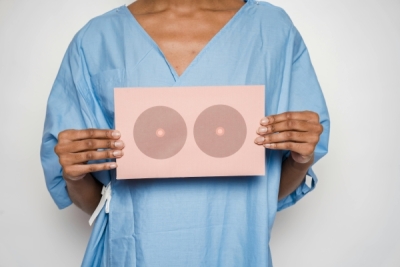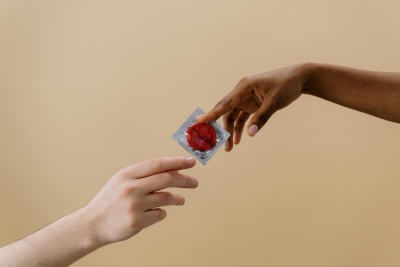Based on the database generated by the 2019 PNS, a new study estimated the prevalence of Heavy Episodic Drinking (HED) and other patterns of harmful alcohol consumption based on information from more than 2,300 young adolescents aged 15 to 17 years (1). Of the adolescents analyzed, approximately 51% were male and 37% were 17 years old. 60% declared themselves black or brown and 87% attended school.
About 77.6% declared themselves to be abstemious, and the prevalence of HED practice in the 30 days prior to the interview was 8.1%. Of the young people who reported consuming alcohol, 98.6% reported not having stopped their daily activities due to alcohol use. Still, 2.6% reported alcohol blackout after consumption and 3.4% reported drinking so much that, more than once, other people asked them to stop drinking.
Females were 50% less likely to engage in HED. On the other hand, the chances of HED episodes for adolescents of both sexes who did not go to school was 2.8 times greater than that of adolescents who attended school. With regard to socioeconomic level, the poorest adolescents were less likely to have practiced abusive consumption. In the group of people who declared themselves to be black or brown, there was a 60% greater chance of practicing HED, compared to the group of people who declared themselves to be white.
In short, adolescents who do not attend school and students from the richest strata are those who, according to the survey, have the greatest chance of practicing HED. This probability was also 1.5 times higher among adolescents who declared themselves to be black and brown compared to whites. The authors conclude by reiterating the need for public policies that can reduce the 8.1% prevalence of HED observed in young people aged 15 to 17 years. CISA emphasizes that ages 0 to 18 years old fit the “Alcohol Zero” profile. In addition, the authors point out that, given the greater risk observed among young people who do not go to school , interventions that seek to promote health and prevent alcohol use cannot be restricted to the school environment.











